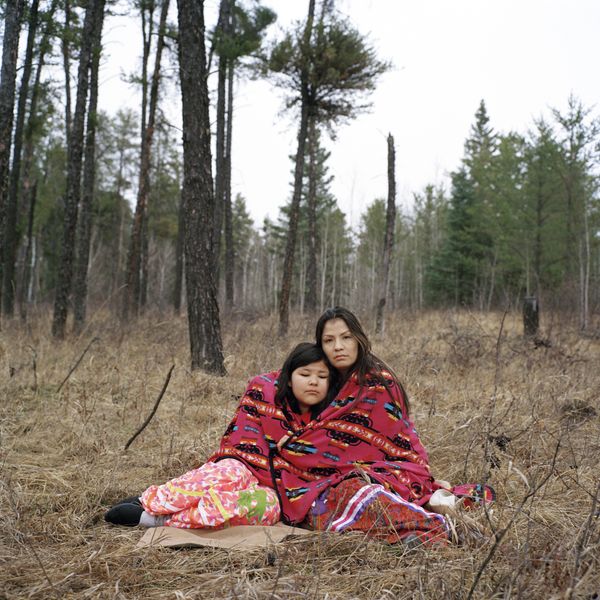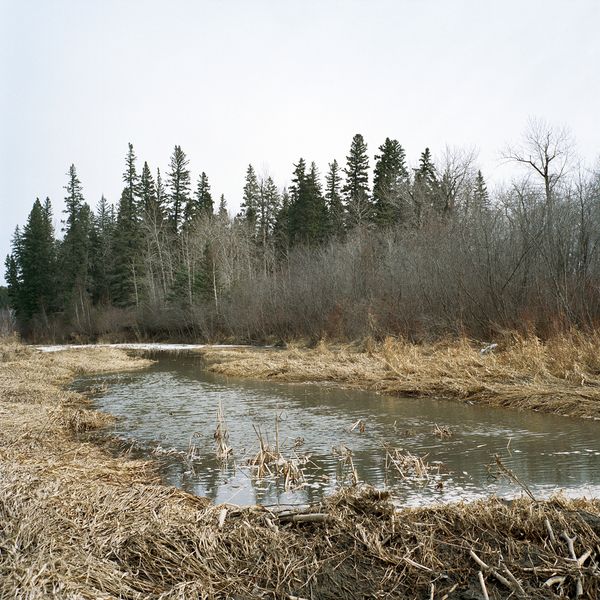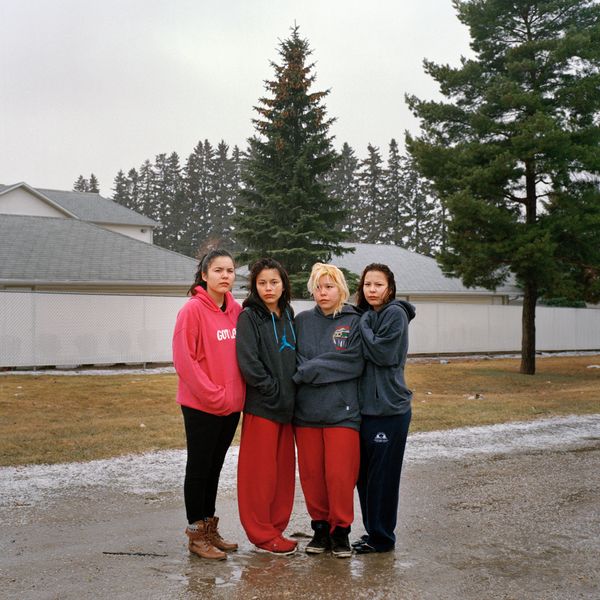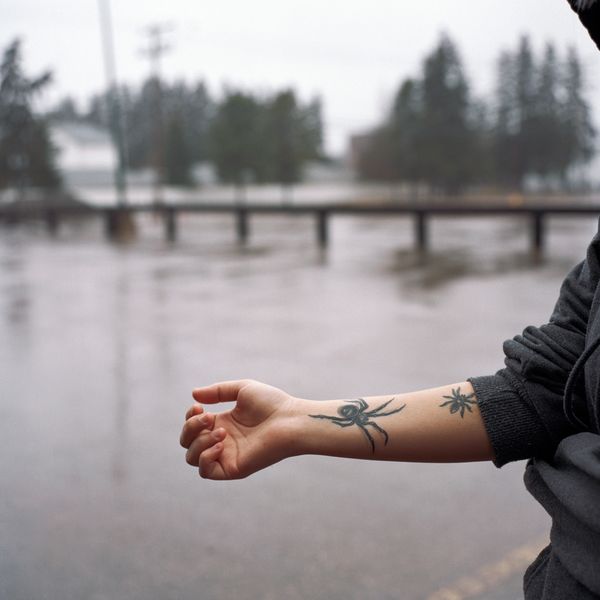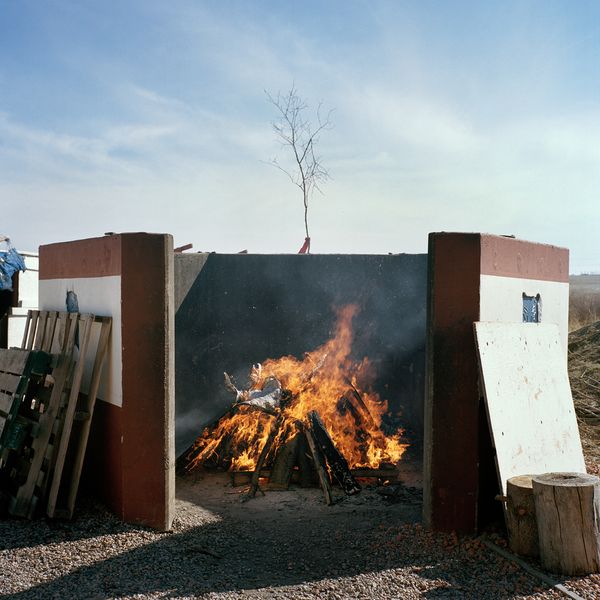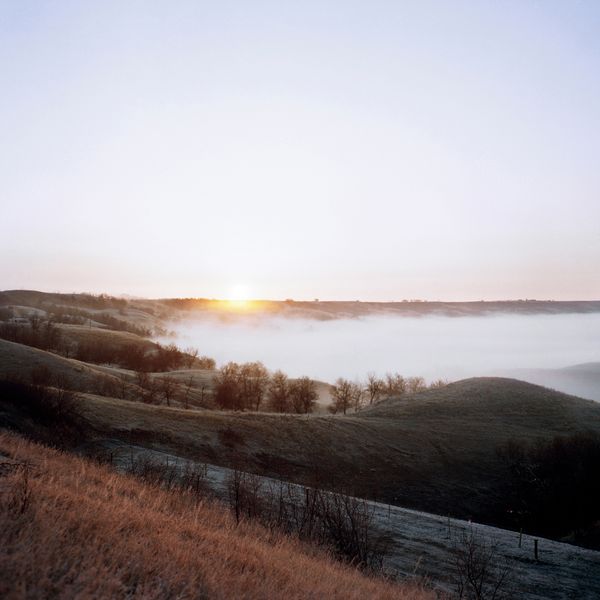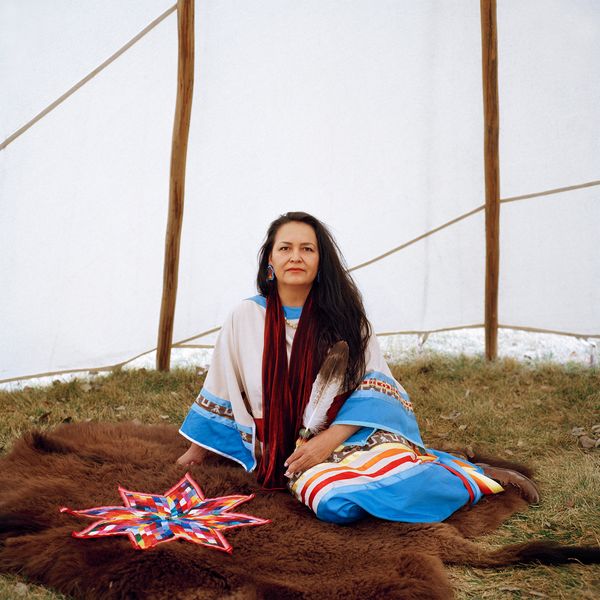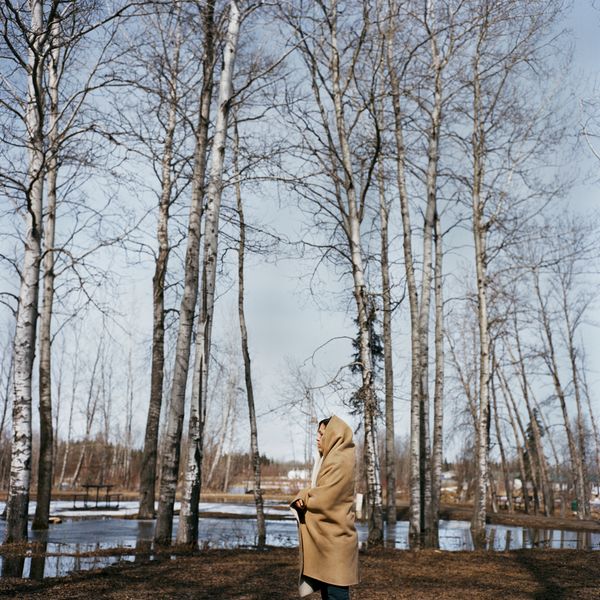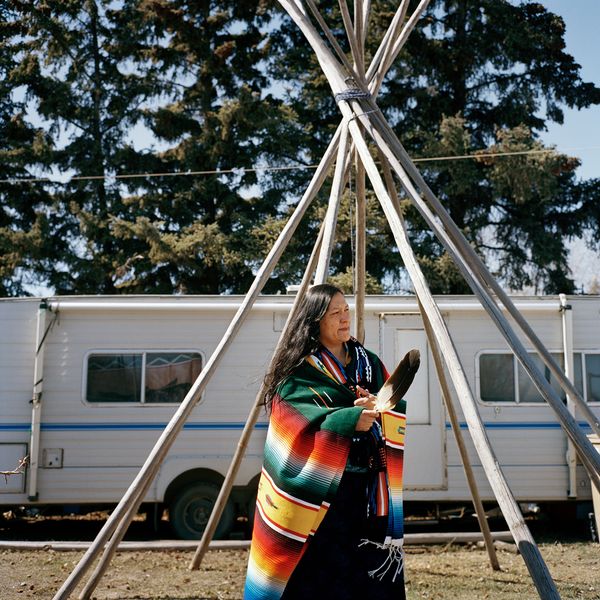Nobody Listened
-
Dates2017 - 2017
-
Author
- Topics Portrait, Social Issues, Documentary
- Locations United States, Canada
-
Recognition
Portraits of resilience: I traveled across Saskatchewan to document Indigenous women whose loved ones have disappeared or died. Over 50 percent of missing and murdered women and girls are Indigenous in Saskatchewan, one of the highest rates in Canada.
On September 25, 2013, in Regina, Saskatchewan, Kelly Goforth’s body was found, inside a hockey bag, at the bottom of a dumpster. Goforth’s killer, a white male, also killed Richele Bear, another Indigenous woman. Goforth’s family believes he may have murdered others.
Goforth’s death is not an isolated incident in Saskatchewan, one of many areas in North America struggling with a shameful record of abuse, neglect, and indifference toward its Indigenous women and populations.
Indigenous communities in North American experience high levels of poverty and are plagued by addiction, family breakdown, and some of the highest suicide rates in the world. Women and girls, though, continue to face the brunt of a systemic racism prevalent throughout the region: the Royal Canadian Mounted Police (RCMP) estimated that between 1980 and 2012, around 1,200 Indigenous women were murdered or went missing. The Native Women’s Association of Canada argues that these numbers could be higher than 4,000. Meanwhile, in the United States, missing persons statistics exist for every other demographic except for Native American women, who, according to the New York Times, are ten times more likely to be murdered than other Americans.
“Growing up as an Indigenous girl on the Prairies, you know you’re not safe. As a teenager, being followed, having white men approach you, there’s that fear. You know how you’re valued in society,” Jessica LaPlante told me. She has had two family members go missing.
Prime Minister Justin Trudeau promised an independent inquiry into the issue during his campaign in 2015. Hope was short lived. The process, met with high profile resignations, delays, and controversy, has only served to open old wounds and highlight the injustices that persist among Indigenous communities. Unlike in Canada, where there has been some acknowledgment of MMIW, the United States has done little to address the issue.
My work on this issue began in April 2017, when I returned to Saskatchewan, my home, to meet with families of missing and murdered Indigenous women (MMIW) and elders across the province. I wanted to photograph the families of MMIW in a way that wasn’t desensitized and re-traumatizing; making portraits and evidential landscapes that told their stories in a humane and intimate manner. I photographed only women and documented them in their most emotional spaces: the places where they felt closest to their loved ones.
They signify the voices of their mothers, daughters, sisters, and friends who have been lost, persisting and fighting for justice.
With support from PHmuseum, I hope to continue my work in the United States. I’ve identified several communities across three states to create a nuanced record of the young women and family members who are closest to the issue of MMIW. I’d like to focus on young females in the throes of adolescence who are some of the most vulnerable to suicide. With many victims living in isolated communities, distrustful of bureaucratic justice systems, it is crucial to hear their stories and understand why this issue remains so pervasive, yet unheard.
My primary objective with this work in addition to publication is to pay homage to communities who have lost females to murder or disappearance through a healing and captivating exhibition I envision this exhibition to be ceremonial and to incorporate imagery of surviving family members, along with sacred items, letters written to victims, poems, traditional chants, and space for prayer. Eventually, and in conjunction with the exhibition, I hope to create a photo book with the series of images I make that acts as evidence to what Indigenous and Native American women have long endured and is a call to action for those who continue to downplay the issue.
With funding from the International Reporting Project, I made significant headway with communities and organizations in Saskatchewan. This work has been published in Vice Magazine, the Walrus Magazine (Gold Winner in the National Magazine Award) and was exhibited in a solo show at NYU’s Gallatin Galleries.
My drive to continue this project stems from my own shame and outrage. I grew up in this society and remained blind to the suffering of my Indigenous sisters. With this work, I hope to give Indigenous women an outlet to share their stories, awaken others to this assault on humanity and however miniscule, perhaps a step towards healing.
